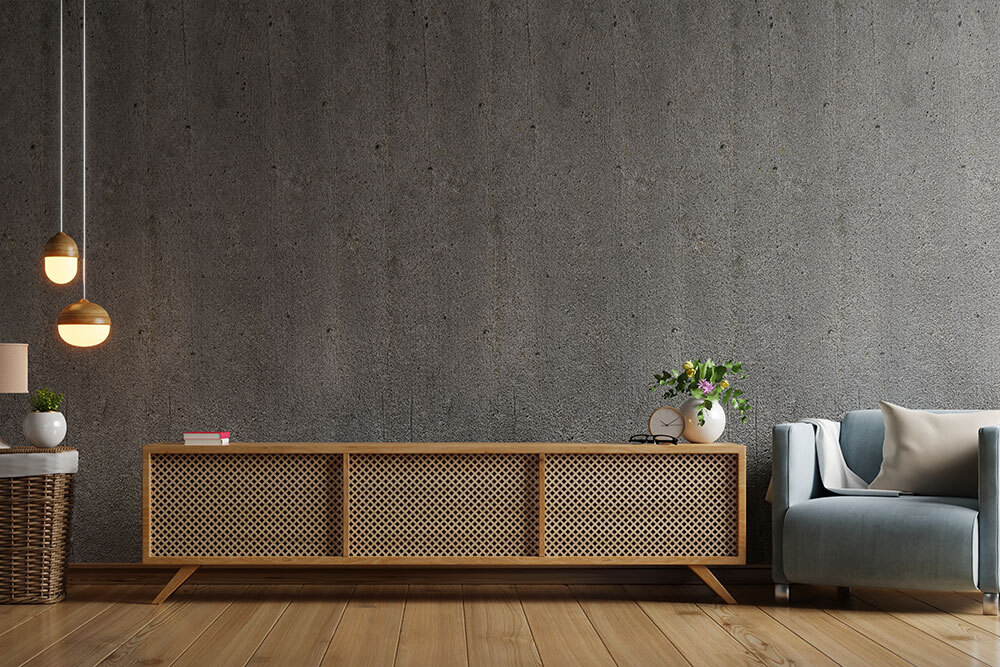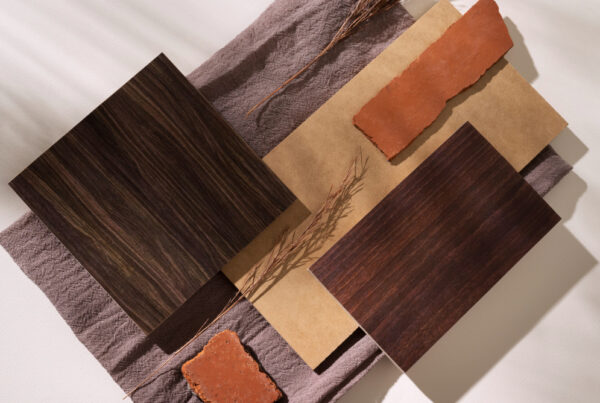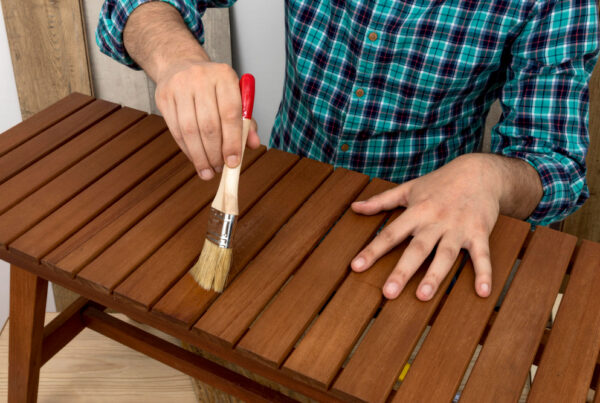Whether you’re constructing a new fence, installing a wooden railing, or dealing with beautiful wooden furniture, wood should be protected with a protective wood finish to avoid damage from UV radiation, rain, or even excessive humidity. These environmental elements, if left unchecked, might cause the wood to dry out, fracture, swell, or decay.
Wood furniture that has dried out or rotted will be less able to hold weight, so choose a wood finish to safeguard your next woodworking project. To pick the correct wood finish for the task, it’s necessary to understand the various types of wood finishes and bear in mind some crucial purchasing factors.
What You Need to Know?
It’s tempting to buy the first wood finish you see at the home improvement store. Wood finishes, on the other hand, come in a range of styles from a plethora of manufacturers offering various luxury wood coating options.
Take the time to thoroughly explore the various wood treatments in order to pick the best solution for your project. It’s also a good idea to research the product’s possible hazards, such as flammability, poisonous gases, and long-term environmental harm. If you must use a hazardous wood finish, make sure you have the necessary personal protective equipment (PPE) and dispose of any unused wood finish at a local recycling center.
Because there are so many different wood treatments on the market, utilise this guide to determine which one is best suited for your home’s wooden surfaces.
Oil Finish
Wood has natural oil, which can dry out with time. Oils like linseed oil, cedar oil, and tung oil can be used as a protective finish to assist keep moisture content. The oil permeates the wood and gives it a richer appearance.
Lacquer
Lacquer is a sprayed finish that is exceptionally durable and comes in matte and high-gloss finishes. It dries quickly and is excellent for use inside. One disadvantage is that lacquer is easily scratched.
Varnish
Varnish is a common oil-based finish. It is translucent and provides excellent UV protection, making it ideal for outdoor furniture. However, the varnish may develop a yellowish hue with time.
Shellac
Shellac is an environmentally beneficial finish since it is created from natural wax generated by the lac insect. It comes in a range of colours and accentuates the inherent beauty of wood grains. Shellac is ideal for outdoor use and is recommended for hardwood furniture such as walnut, mahogany, and other veneer treatments.
Water-Based Finish
Consider using water-based treatments to give your hardwood furniture a more natural appearance. These coatings have a thin consistency and dry quickly.
Polyurethane Finish
Polyurethane is a tough synthetic finish that creates a plastic layer on wooden surfaces. It has excellent moisture resistance and is ideal for coastal environments. Polyurethane is also advised for high-wear and tear furniture. However, it is not ideal for use outside, and the covering might break with time, necessitating maintenance. If you are looking for options from where you can get the perfect Polyurethane finish, then take a look at Sirca Paints.
Stain
Wood stain does not provide protection but rather highlights the colour and inherent grain patterns of the wood. It is suitable for both indoor and outdoor furnishings.
French Polish
French polish is a traditional wood polishing method that dates back to the nineteenth century. With the continual application of numerous thin coats of shellac, it provides a high-gloss and rich finish that highlights the grain. The disadvantage is that the process takes time.



